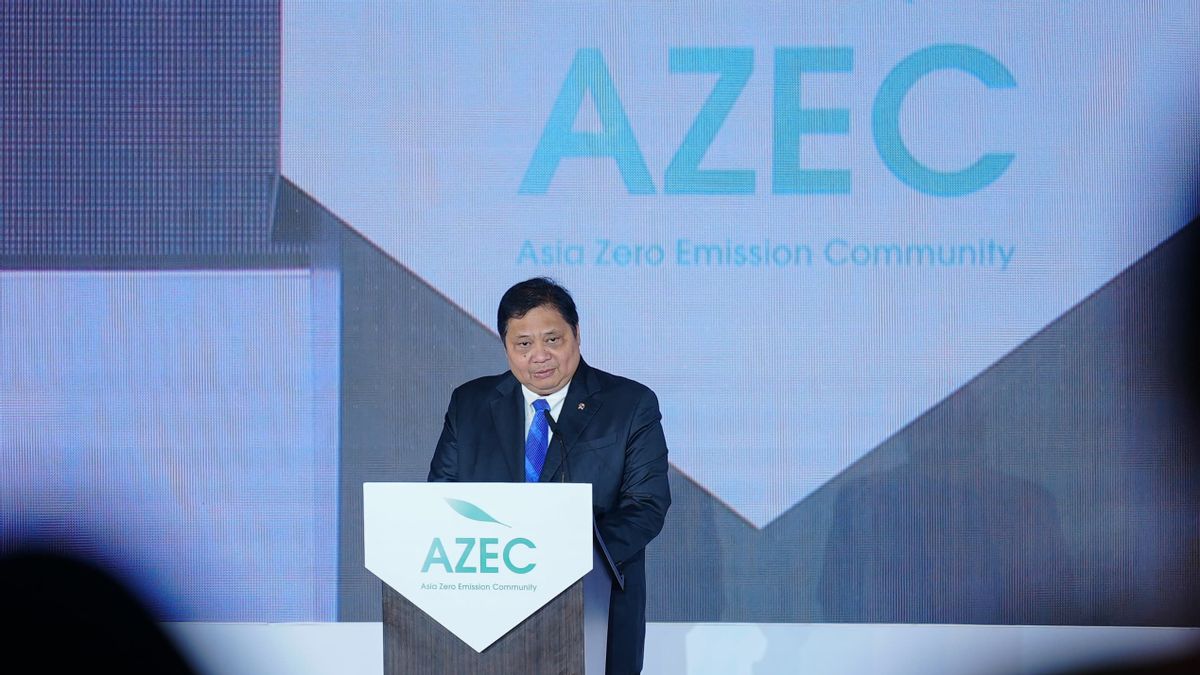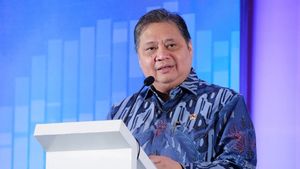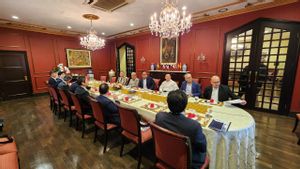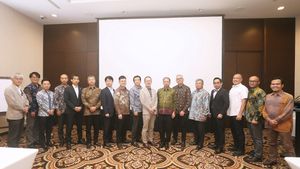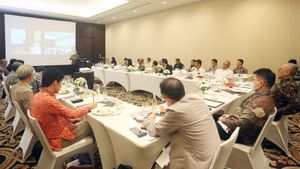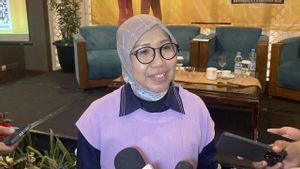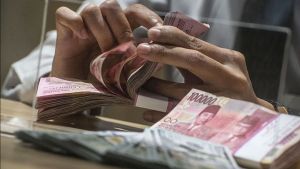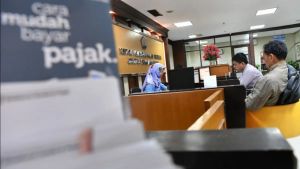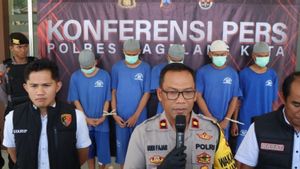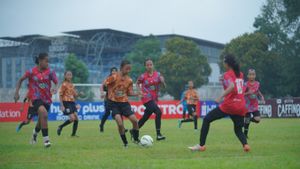JAKARTA - Coordinating Minister for Economic Affairs Airlangga Hartanto revealed that Indonesia will receive funding from Japan to smooth energy transition steps.
This was revealed by Airlangga while leading the Asia Zero Emission Community (AZEC) forum in Jakarta.
Airlangga said, there are at least 34 projects located in Indonesia out of a total of 78 projects throughout Asia that will receive funding from the Japan Bank of International Cooperation (JBIC).
"Indonesia has the largest shortlist of 34 projects. The project included in the AZEC is a project funded by Indonesia and Japan," Airlangga told the media, Wednesday, August 21.
Airlangga detailed several projects that will receive support from Japan, namely, 15 geothermal projects, such as PLTP Sarulla and the Muara Laboh geothermal project; followed by the Legok Nangka Waste Power Plant (PLTSa), the development of pit land (gambut) with Sumitomo Forestry which will serve as a pilot for managing peat areas in Central Kalimantan and continued to the development of food crop.
"Then also developed the Hydroelectric Power Plant (PLTA) by Kayan Hydro, and it is hoped that it can produce up to 9,000 MW or 9 GW. Later this will be linked to its derivative industries including ammonia and hydrogen," explained Airlangga.
One of the ammonia projects in the form of Blue Amongia will be developed at Pupuk Iskandar Muda (PIM) which is located in the Arun Lhokseumawe Special Economic Zone.
Other projects mentioned by Airlangga also include the transmission network between Java and Sumatra being part of the transmission network in ASEAN alias ASEAN Power Grid.
Later, continued Airlangga, this transmission will not only connect the islands of Sumatra to Java but also to the Riau Islands, Batam Island, Bintan Island, and Karimun. One of the electricity produced will be exported to Singapore.
"So the project that will be solar panels will take place with Singapore. We will prepare multiple transmison channels to Singapore because we reduce the risk problem of maintenance and outage," continued Airlangga.
Based on the results of the series of meetings, a number of potential projects categorized in three categories have been identified based on project readiness.
Based on the results of the series of meetings, a number of potential projects categorized in three categories have been identified based on project readiness.
SEE ALSO:
Meanwhile, in category II, there are potential projects that are ready to be commercialized but are still in the feasibility study stage, such as the peatland management project and the Java-Sumatra transmission network project.
Then in category III, there are around 74 MoUs and initiatives that need to be identified and studied further.
"The potential for identified investment from this category will be increased back to category II and category I," Airlangga concluded.
The English, Chinese, Japanese, Arabic, and French versions are automatically generated by the AI. So there may still be inaccuracies in translating, please always see Indonesian as our main language. (system supported by DigitalSiber.id)
